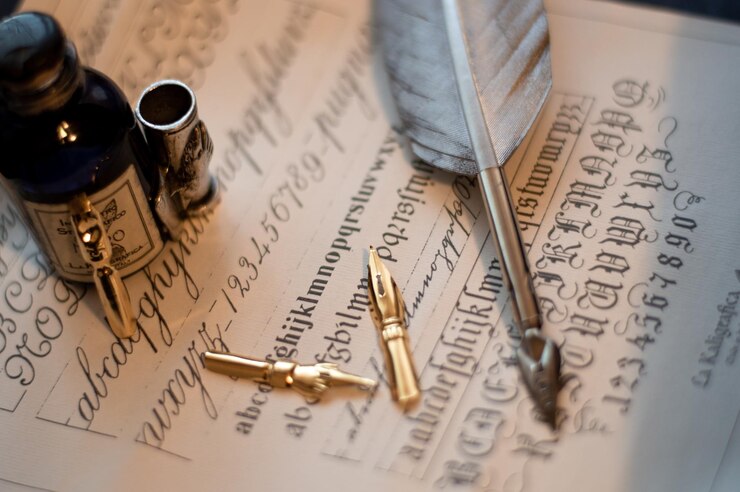Lotus365 Book, Lotus365, Lotus365: As a calligraphy enthusiast, having the right tools is essential to creating beautiful lettering. Begin by selecting high-quality paper that is smooth and won’t fray your pen tips. Invest in a set of calligraphy pens with a variety of nib sizes to achieve different line thicknesses and styles. Additionally, ensure you have a ruler and pencil for drafting guidelines on your paper before you start writing.
Ink is a crucial component of calligraphy, so opt for waterproof and fade-resistant options to preserve your work. Consider purchasing black ink for traditional calligraphy or experiment with colored inks for a modern twist. Lastly, have a clean cloth or tissue on hand to wipe excess ink or clean your pens between uses to maintain their longevity.
Choosing the Right Brush Pen
When selecting a brush pen for calligraphy, it is crucial to consider the tip size. The size of the tip will determine the thickness and thinness of the strokes you can achieve in your writing. Larger tips are ideal for creating bold and expressive lettering, while smaller tips are better suited for intricate details and fine lines.
Another factor to keep in mind when choosing a brush pen is the flexibility of the tip. A more flexible tip will allow for variation in line thickness based on the pressure applied while writing. This can add depth and character to your calligraphy work. On the other hand, a stiffer tip may be preferable for beginners as it offers more control and stability while practicing different lettering styles.
� When selecting a brush pen, consider the tip size for varying stroke thickness
� Larger tips are great for bold lettering, while smaller tips work well for fine details
� Flexibility of the tip is important for creating variation in line thickness
� A more flexible tip allows for depth and character in calligraphy work
� Beginners may prefer a stiffer tip for better control and stability
What materials do I need for calligraphy?
To start with calligraphy, you will need a brush pen, paper, ink, and a practice guide or template.
How do I choose the right brush pen for calligraphy?
Lotus365 Id, 99exch, 99exch.com Login: When choosing a brush pen for calligraphy, consider the tip size, flexibility, and ink flow. It’s important to test out different pens to see which one feels most comfortable for you.
What is the difference between a brush pen and a traditional calligraphy pen?
A brush pen has a flexible tip that mimics the strokes of a traditional brush, while a traditional calligraphy pen has a fixed nib that requires more control over pressure and angle.
Can I use a regular pen for calligraphy?
While you can technically use a regular pen for calligraphy, a brush pen or traditional calligraphy pen will give you better control over your strokes and allow for more variation in line width.
How do I care for my brush pen?
To care for your brush pen, make sure to clean it regularly, store it upright to prevent the tip from bending, and replace the cap after each use to prevent the ink from drying out.
Trendy News:

